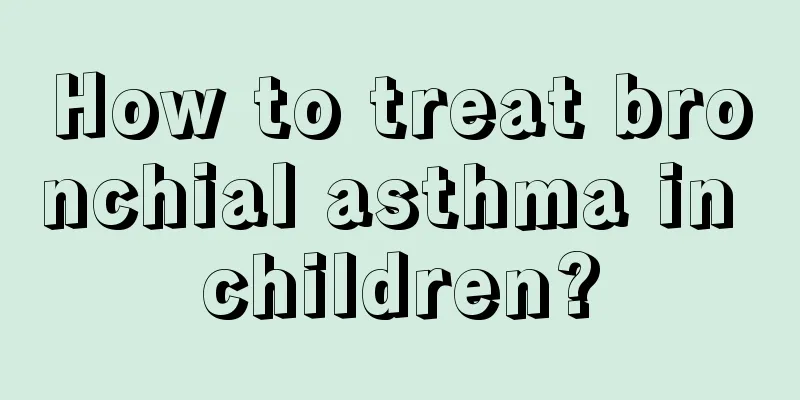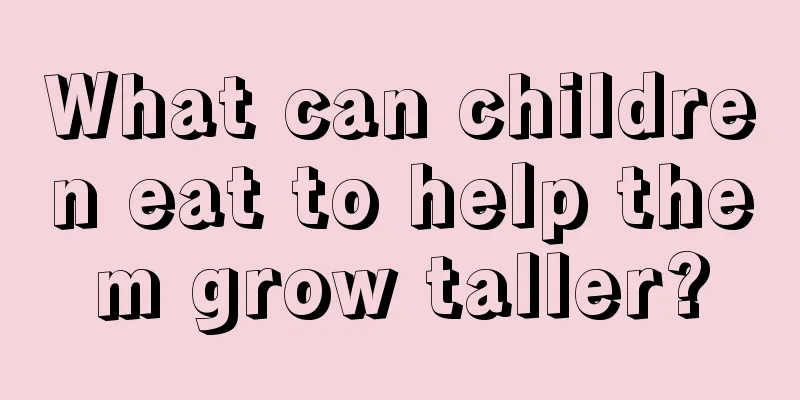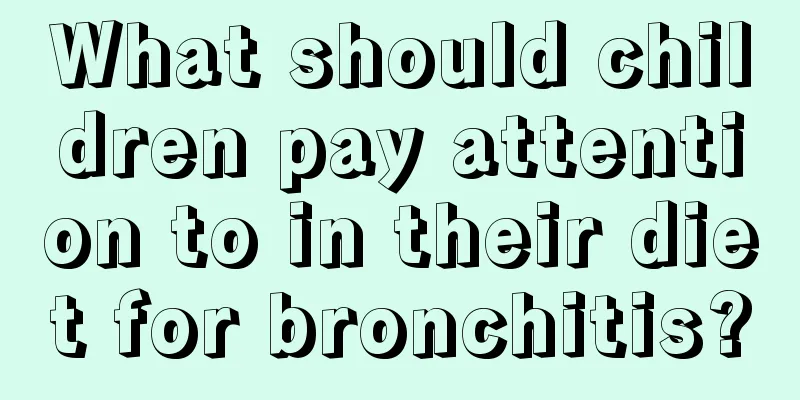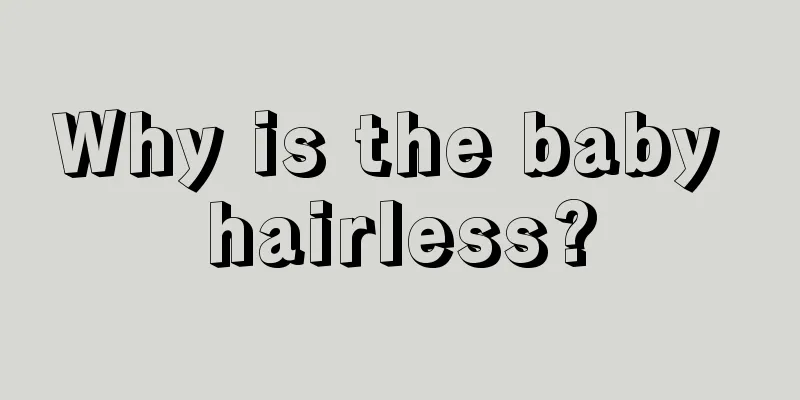How to treat bronchial asthma in children?

|
Children will always suffer from various diseases as they grow up, the most common ones are colds, fevers, etc. I believe many parents are familiar with childhood bronchial asthma. Common manifestations of this type of disease are severe coughing, shortness of breath, and possible suffocation. So, how should this kind of pediatric bronchial asthma be treated? What should we pay attention to in daily life? treat 1. Treatment principles Asthma control treatment should be started as early as possible. We must adhere to the principles of long-term, continuous, standardized and individualized treatment. Treatment includes: ① Acute attack period: rapid relief of symptoms, such as antiasthmatic and anti-inflammatory treatment; ② Chronic persistence period and clinical remission period: preventing symptom aggravation and recurrence, such as avoiding triggering factors, anti-inflammatory, reducing airway hyperresponsiveness, preventing airway remodeling, and doing a good job of self-management. Emphasis should be placed on the combination of drug treatment and non-drug treatment, and the role of non-drug treatments in the long-term management of asthma, such as asthma prevention and treatment education, allergen avoidance, treatment of psychological problems in children, improvement of quality of life, and pharmacoeconomics, should not be neglected. 2. Treatment of acute asthma attacks (1) β2 receptor agonists β2 receptor agonists are the most widely used bronchodilators in clinical practice. Depending on how fast they take effect, they can be divided into rapid-acting and slow-acting categories; depending on how long they last, they can be divided into short-acting and long-acting categories. The efficacy of inhaled rapid-acting β2 receptor agonists can last for 4 to 6 hours, and it is the first choice drug for relieving acute symptoms of asthma. During a severe asthma attack, it can be inhaled once every 20 minutes in the first hour, and then repeatedly every 2 to 4 hours. (2) Systemic glucocorticoids Severe acute cases should be given short-term treatment with oral prednisone (1 to 7 days), 1 to 2 mg/kg per day, divided into 2 to 3 times. Long-term use of oral corticosteroids for the treatment of asthma in children is generally not recommended. In severe asthma attacks, methylprednisolone should be given intravenously at a dose of 2 to 6 mg/kg per day, divided into 2 to 3 infusions. This type of pediatric bronchial asthma is not difficult to cure. In addition to taking medications under the correct advice of a doctor, more attention should be paid to the child's daily diet and schedule. Only in this way can it be cured with a high degree of success without leaving any sequelae. At the same time, in the spring when asthma is prone to relapse, remember to wear a mask when going out to prevent accidents. |
<<: What should I do if my child has recurring allergies?
>>: What is good to drink to grow taller?
Recommend
Treatment of balanitis in children
We may have seen many children suffering from bal...
What should we do if children have recurrent respiratory infections?
Many parents are worried about their baby’s healt...
Why do children become nearsighted? Causes of myopia in children
Nowadays, myopia has become a major disease that ...
What to do if your baby coughs after falling asleep
It is inevitable for babies to catch a cold. Usua...
How to cure indigestion in babies
Indigestion is a common disease among children. T...
What is the height standard for children?
Parents should be very concerned about their chil...
Why does my child have a fever and his face is swollen?
Nowadays, many children often suffer from fever a...
Why is there red blood on the baby's face?
When our baby is just born, we usually look at hi...
Newborn baby's eyebrow scab
In our lives, newborns are most likely to get ski...
Can neonatal encephalitis be cured?
Encephalitis is generally caused by viral infecti...
Does drinking hot milk nourish the stomach?
Drinking milk for breakfast is a common phenomeno...
What are the causes of poor brain development in babies?
Every child is the same as a family. During the b...
Why do children suffer from amblyopia?
There are many kinds of problems with people'...
What are the feeding amounts for infant formula?
The amount of formula milk that babies should be ...
How many times a day is normal for a newborn baby to have bowel movements
Since the physique of adults and newborns is diff...









